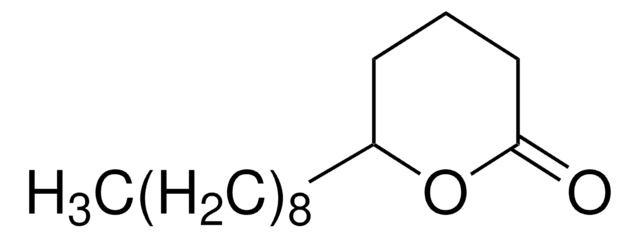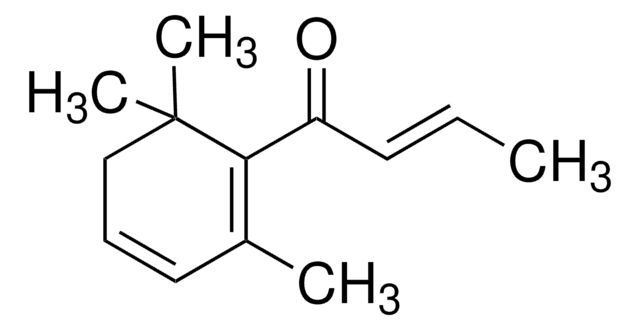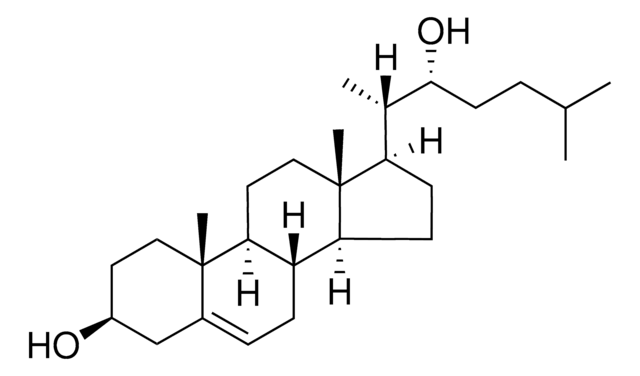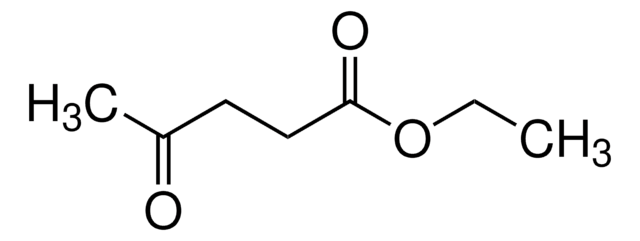W468501
δ-Tridecalactone
≥95%, FG
Synonyme(s) :
Tetrahydro-6-octyl-2H-pyran-2-one, 6-octyloxan-2-one
About This Item
Halal
Kosher
Produits recommandés
Source biologique
synthetic
Niveau de qualité
Qualité
FG
Halal
Kosher
Conformité réglementaire
EU Regulation 1334/2008 & 178/2002
FDA 21 CFR 172.515
Essai
≥95%
Application(s)
flavors and fragrances
Documentation
see Safety & Documentation for available documents
Allergène alimentaire
no known allergens
Propriétés organoleptiques
creamy; dairy; milk; musty; buttery
InChI
1S/C13H24O2/c1-2-3-4-5-6-7-9-12-10-8-11-13(14)15-12/h12H,2-11H2,1H3
Clé InChI
RZZLMGATMUAJPX-UHFFFAOYSA-N
Catégories apparentées
Description générale
Code de la classe de stockage
11 - Combustible Solids
Classe de danger pour l'eau (WGK)
WGK 3
Point d'éclair (°F)
259.7 °F
Point d'éclair (°C)
126.5 °C
Faites votre choix parmi les versions les plus récentes :
Certificats d'analyse (COA)
Vous ne trouvez pas la bonne version ?
Si vous avez besoin d'une version particulière, vous pouvez rechercher un certificat spécifique par le numéro de lot.
Déjà en possession de ce produit ?
Retrouvez la documentation relative aux produits que vous avez récemment achetés dans la Bibliothèque de documents.
Notre équipe de scientifiques dispose d'une expérience dans tous les secteurs de la recherche, notamment en sciences de la vie, science des matériaux, synthèse chimique, chromatographie, analyse et dans de nombreux autres domaines..
Contacter notre Service technique







